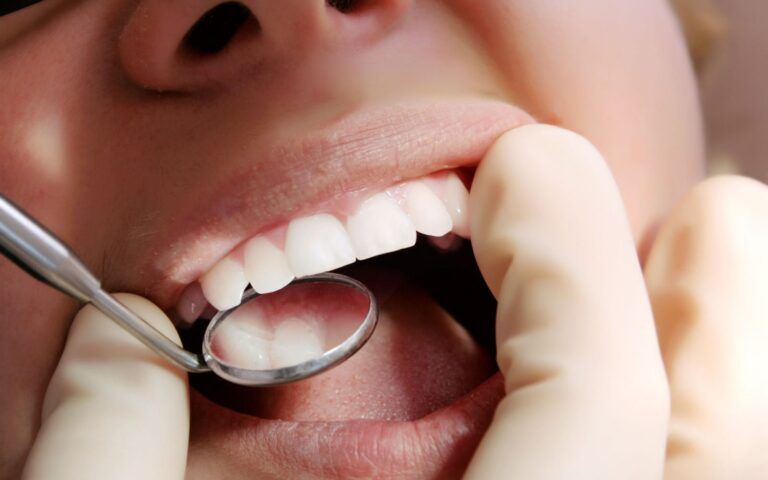You might be worried and concerned if you’ve never had a fractured tooth. It might be slight, barely noticeable, or severe enough to prevent you from going about your daily routine. If you have a fractured tooth, visit your dentist immediately for an examination and therapy. Immediate care is imperative if you want to prevent unnecessary and preventable complications like an infection or tooth extraction.
Dentists Can Treat Cracked Tooth Pain Easily
Because experiencing the discomfort of a cracked tooth can be upsetting, maintaining our teeth is essential. There are many different sizes and forms of broken molars. The crack’s type, position, and severity will determine how your tooth is treated and how it turns out. There are various kinds of fractured teeth, including:
- Craze lines: Tiny cracks called “craze lines” affect only the outer enamel. The mature molars frequently sustain these fractures. Craze lines are merely transient, sensitive, and safe. Although craze lines frequently don’t hurt, if they do, you can manage it with over-the-counter pain relievers while waiting for the fracture to be fixed.
- Cracked cusps: Cusps that have been fractured, which frequently occur near fillings, include those that have been snapped off. Rarely does a fractured cusp impact the pulp, and pain is typically mild. Your dentist might place a new filling or crown to safeguard the teeth.
- Tooth cracks: A cracked tooth has a crack on the chewing surface that runs vertically toward the tooth’s base. Even though the fissure may eventually worsen, the tooth remains intact. An early diagnosis is essential to preserve dentition. A root canal and a crown can address a fissure that has reached the pulp to stop further fracture.
- Split teeth: Over time, a fractured tooth frequently develops into a split tooth. A fissure that is segmented can be used to identify a fractured tooth. A split molar cannot be kept whole. However, whether any teeth can be salvaged depends on where and how big the crack is. A part of the tooth may be saved through endodontic therapy.
- Fractured roots: Cracks that start in the tooth’s root and advance toward the chewing surface are called vertical root fractures. They frequently exhibit few symptoms, increasing the likelihood of going unnoticed for a while.
After diagnosing your condition, your dentist will discuss your treatment options with you so you can choose the treatment that best suits your needs. The finest form of therapy can be chosen based on symptoms and the location of the crack. Dental experts can use bonding, caps, root canals, and extractions to repair broken teeth. There are options for interim relief if you need pain relief or a break from sensitivity or tenderness but can’t get in immediately to see your dentist. Over-the-counter analgesics can briefly lessen any level of pain. Aspirin should be avoided if you need root treatment.
Romans Soltani Dentistry and Cracked Tooth Treatments
Call Romans Soltani Dentistry at (315) 487-1545 to make an appointment if you notice a crack in your tooth. Both Drs. Sheila Soltani and Anna Romans can examine the fracture and assist you in determining the best restoration strategy. Romans Soltani Dentistry’s dentists are qualified to diagnose and handle a variety of dental injuries. For a consultation or booking, call us right away!




